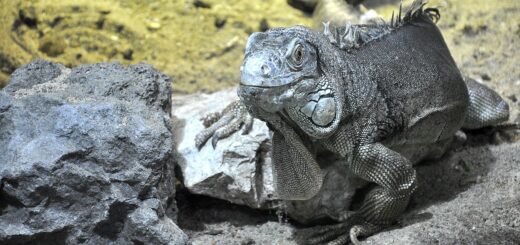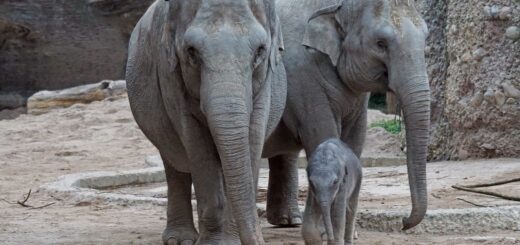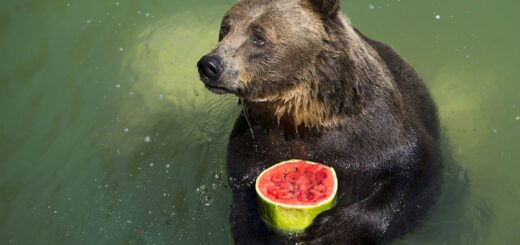Case Study: Winos for Rhinos: Feeding Grape Pomace to Black Rhinoceros (Diceros bicornis) as a Method for Mitigating Iron Storage Disease
Citation
Brooks M, Lee B, Pera J. 2017. Case Study: Winos for Rhinos: Feeding Grape Pomace to Black Rhinoceros (Diceros bicornis) as a Method for Mitigating Iron Storage Disease. In Ward A, Coslik A, Brooks M Eds. Proceedings of the Twelfth Conference on Zoo and Wildlife Nutrition, Zoo and Wildlife Nutrition Foundation and AZA Nutrition Advisory Group, Frisco, TX.
Abstract
Iron storage disease has been detrimental to the captive browsing rhinoceros population. One of the proposed methods for reducing available iron in the gut of these animals is to increase iron chelators into the captive diet that are normally present in the wild diet. This study used the wine making by-product grape pomace, which is naturally high in tannins, as a browse item fed to two black rhinos over the course of two separate trials. The first trial, with the male rhino Ruka, showed promising results with increased fecal iron excretion and lowered serum iron levels when he was fed the grape pomace diet over a 10 day period compared to being fed bamboo leaves and stems as the browse item. However, serum indicators of iron storage status, ferritin, were increased. A second trial was conducted using both Ruka and his female cohort, Zuri. With the same design, serum iron levels did not respond as in the previous trial, but serum ferritin levels were again greater when the animals were fed grape pomace as the browse item. These results would indicate that the increased tannins in the diet did not improve iron storage status for these animals.
 [Brooks1]Case-Study-Winos-for-Rhinos-Feeding-grape-pomace-to-black-rhinos.pdf 69 KB
[Brooks1]Case-Study-Winos-for-Rhinos-Feeding-grape-pomace-to-black-rhinos.pdf 69 KB








